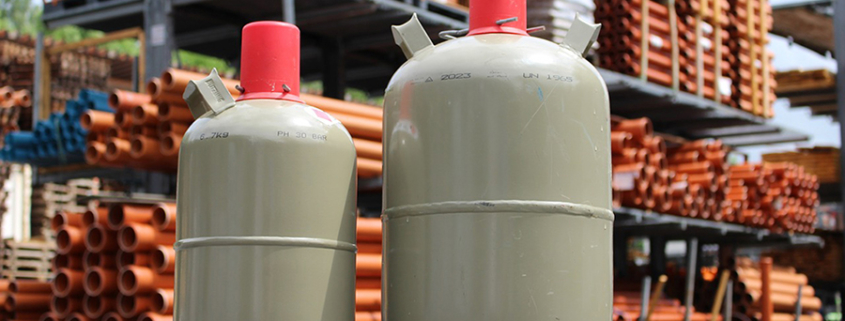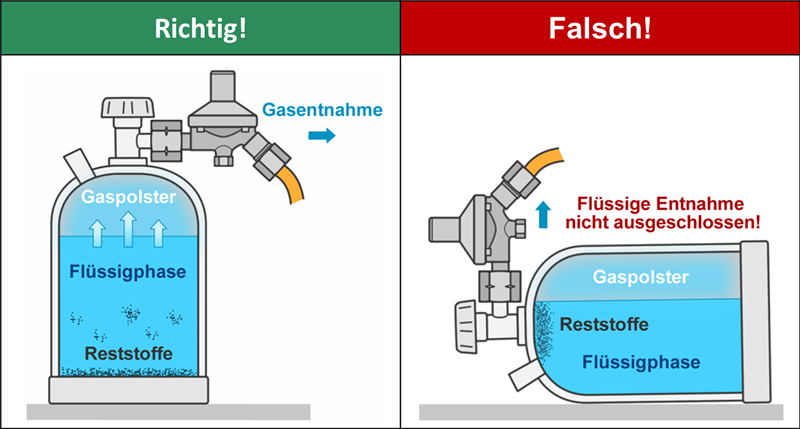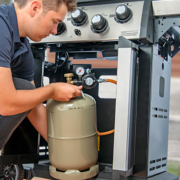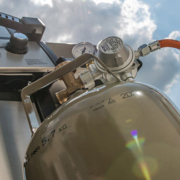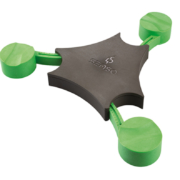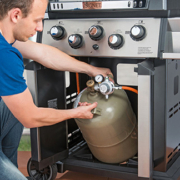Can I keep the LPG cylinder lying down when using it?
Thankfully you rarely or never see it, because it’s among the most severe mistakes that you can make when handling a propane-butane mixture: tipping the LPG cylinder over, placing it lying down or turning it upside down, and trying to operate an appliance in this position.
It doesn’t matter whether you have a 5, 11 or 33 kg cylinder – tanks filled with a propane-butane mixture have two phases: liquid and gaseous. Due to gravity, the liquid phase of the medium settles at the base of the cylinder, provided the tank is upright. The gas phase is found above the surface of the liquid phase, and this makes its way into the system via the withdrawal valve and pressure regulator.
Only for gas phase
The pressure regulator, hose assembly and other fittings are only approved for operation with the gas phase. Liquid phase in the pipe system can lead to uncontrollable situations (see 1).
Consequences of liquid withdrawal
If the gas cylinder were to be in a horizontal position during withdrawal, the evaporated liquid phase would not reach the pipe system. If this happens, two major problems may arise:
- The liquid gas evaporates where it never should: in the pipe system or at the consumer equipment. The transition from liquid to gaseous state involves an abrupt and drastic change in volume (volume ratio of liquid to gaseous: 1 to 260). This expansion results in an increase in pressure and the icing of the fitting, which in turn leads to the safety devices responding to prevent overpressure (OPSO – PRV). It can also be the case that the evaporation in the pipe system or at the consumer equipment causes possible damage to the appliance itself or to the environment (see vapour pressure curve). Explosions and fire are probable consequences.
- There are residual substances in the liquid phase. Due to the withdrawal of liquid phase, more of these particles get into the pressure regulator, pipe system and the connected fittings. Foreign bodies frequently cause defects in the fittings and the consumer unit.
TRF requirement for LPG cylinder
This is why the Technical Rules for LPG (TRF 2012) under point 6.2.1 “Setting up LPG cylinders – General information” require the following: “LPG cylinders must be set up vertically for withdrawal.[…]LPG cylinders must be set up on horizontal, even ground which is sufficiently stable.”
